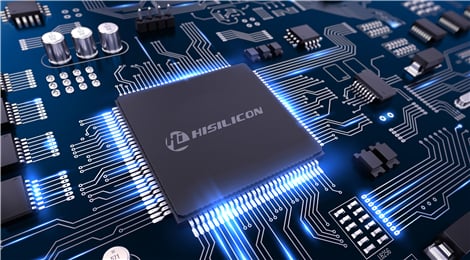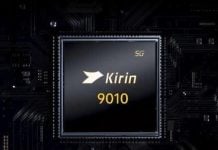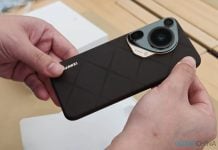Huawei makes its own chipset but while most people are familiar with their mobile processors, the tech giant’s HiSilicon semiconductor business also makes chips for IoT devices. A new report from China says it has begun selling one of its chip on the open market.

The chip in question is the Balong 711, a 4G chip that powers millions of Huawei’s IoT devices. The chip, which was announced back in 2014 can be used in security cameras, vending machines and
Some reports say that this move may be a way for Huawei to get more revenue. The company’s founder and CEO, Ren Zhengfei, is credited as having said in an interview that it is open to selling its 5G chips to rival phone companies including Apple.
The decision for Huawei to open its silicon business to third-parties will mostly hurt Qualcomm who is a major supplier of chips to several Chinese companies such as Vivo, OPPO, and Xiaomi. Seeing the way the US has treated Huawei, the aforementioned Chinese companies will not hesitate to do business with a domestic alternative.
Last month, HiSilicon announced a family of chipsets for use in 4K smart TVs. The quad-core processors have Cortex-A55 cores and a Mali-G52 GPU. They support 4K@60FPS codec.
It is important to mention that Xiaomi has also taken an interest in the semiconductor business. It launched an in-house mobile processor SoC called the Surge S1 in 2017. The chipset powers its Mi 5C smartphone.
A couple of months ago, a leaked memo revealed that the company had restructured its semi-conductor business. A team from its chip business Songguo Electronics left to form a company that Xiaomi has a 25% stake in. This new company called Nanjing Big Fish Semiconductor will focus on the research and development of AI and IoT chips while Songguo Electronics will continue to develop SoC chips for phones. In July, it was reported that Xiaomi invested in a Chinese chip designer company called VeriSilicon and is now the second-largest shareholder.
UP NEXT: Huawei’s Q3 revenue surges 27% due to increased smartphone sales despite US sanctions







